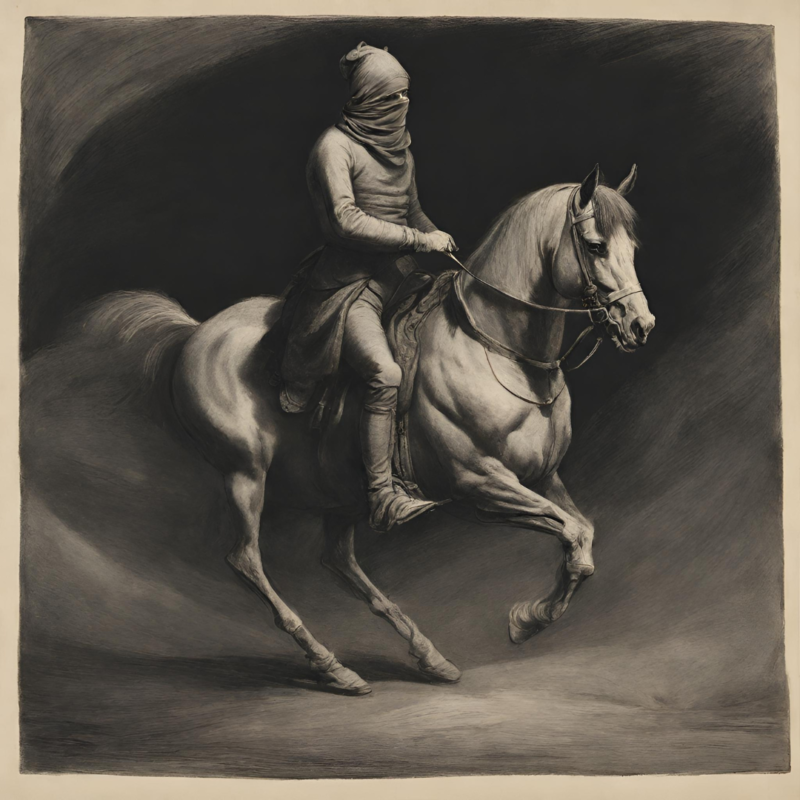
This enigmatic horseman had a favorite resting place: the albarrada (wall) in the Rocafuerte neighborhood, in what is now Salinas, a source of fresh water that traditionally supplied the population. Arriving around midnight, he would stop next to a well, where he would lie down on its lid to rest. After a while, he would retreat along the same mysterious path by which he had arrived, vanishing into the darkness.
However, the appearance of this horseman was not a simple nocturnal spectacle. His presence in the village was considered a gloomy omen of death. The locals firmly believed that his arrival heralded an imminent death in one of the village's families. In fact, it was not long before a family began to dress in mourning, confirming the mysterious horseman's gloomy predictions.
Although for many it could be simply a legend or a folk tale, for the inhabitants of this town, the story of the white rider was a palpable reality, an integral part of their folklore and oral tradition. The older generations remembered with fear the nights when the rider made his appearance, and the families affected by his presence lived with the weight of his gloomy prognosis.
The story of the mysterious horseman is a fascinating example of how legends and myths can become deeply rooted in a people's culture, influencing their beliefs and traditions. Although science and reason may attempt to offer logical explanations for these phenomena, the truth is that stories like that of the white horseman endure in the collective memory, keeping alive the magic and mystery surrounding this small corner of Ecuador.
Based on the compilation by Maria Teresa Alvarez and Sol Damerval in Myths and Legends of the Santa Elena Peninsula.
You may also like….
![]()



